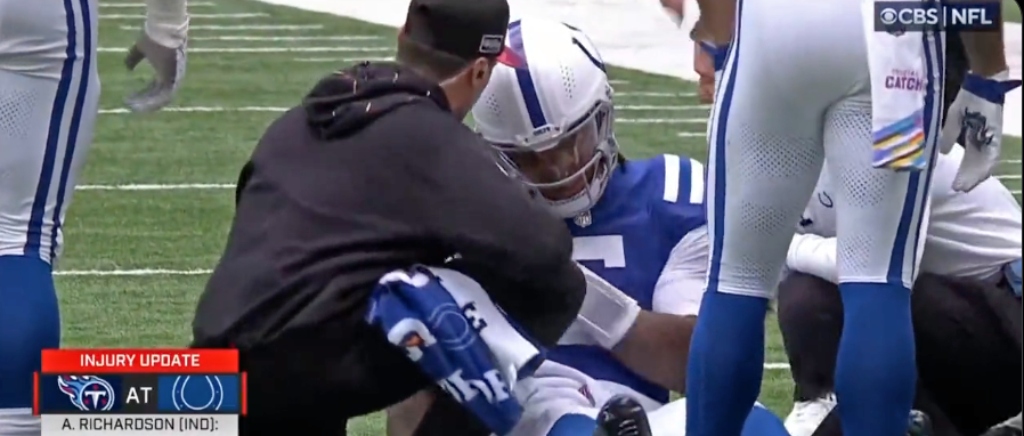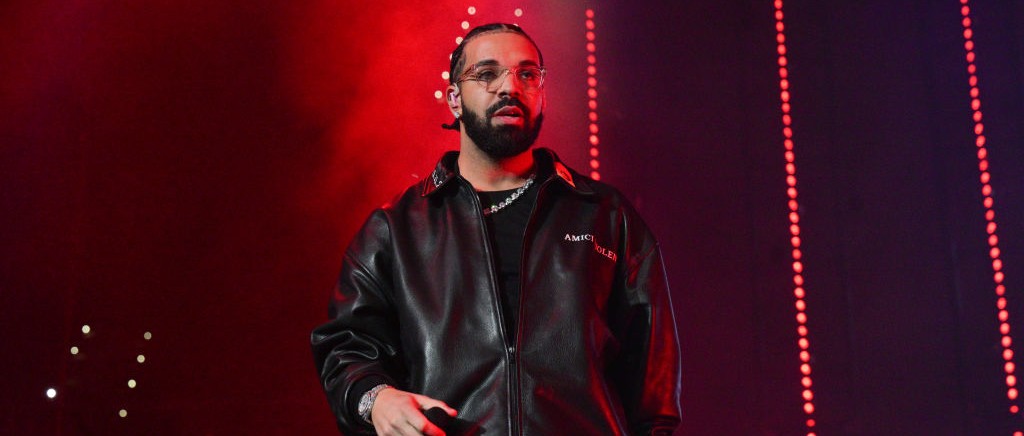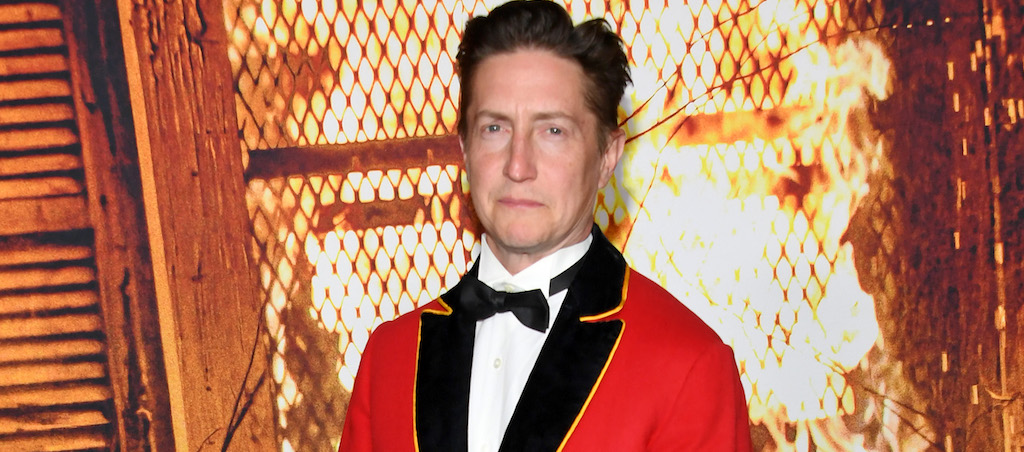Every single week, our TV and film experts will list the most important ten streaming selections for you to pop into your queues. We’re not strictly operating upon reviews or accrued streaming clicks (although yes, we’ve scoured the streaming site charts) but, instead, upon those selections that are really worth noticing amid the churning sea of content. There’s a lot out there, after all, and your time is valuable.
TIE: 10. The Equalizer 3 (Sony Pictures Releasing film on VOD & Amazon Prime)
Denzel Washington returns because of course one can never truly give up the assassin life. That’s especially the case when there are more movies to be made, and Robert McCall only thought he was going to enjoy a quiet life. He’s in Southern Italy these days, and when he finds that the local crime bosses are exerting their fearsome power over McCall’s new pals, he relents and leaps into his old ways against the mafia. It happens!
Very few shows can get away with making you laugh and get weepy within the same five minutes, but that’s part of what makes this Sterlin Harjo and Taika Waititi show so special. This season is a send off to the TV world’s favorite four Indigenous teens (Elora Danan, Bear Smallhill, Willie Jack, and Cheese) whose home base of Oklahoma will always be there for them. As always, the elders provide comedy and drama aplenty while the leading quartet attempts to get their bearings for the rest of life.
Another final season is in the books, this time with a series in which Gillian Anderson portrayed a sex therapist who frequently embarrasses the hell out of her son, Otis (Asa Butterfield). He is, however, endlessly resourceful and has used this mortification to his advantage, and even a useful one, as Otis navigates culture shock in college alongside Eric and Aimee. Maeve is doing the same across the pond, where this series is a massive hit and recently scored the top 2023 season premiere for Netflix in the United Kingdom.
The season (and perhaps series) finale went over well with some fans calling the episode the “best ending in Star Wars history.” As well, the Rosario Dawson-starring series ended with a final Jedi performance by the late Ray Stevenson, and no one knows what the future of this franchise looks like on Disney+ as they recalibrate release schedules and plans, but for now, fans are feeling fulfilled by this series.
7. Bottoms (MGM film streaming on Amazon Prime)
The rise of Ayo Edebiri continues, far away from the kitchens of The Bear. She stars alongside Rachel Sennott, who also seems to be everywhere right now, and thank goodness that this project is much better than whatever The Idol was attempting to accomplish. This is, of course, a cringe comedy in the spirit of PEN15, and the two lead (queer) characters go about launching a “Fight Club” of sorts, only in a quest to lose their respective virginities. This film will spark conversations, so know that going in, and also enjoy how these characters are not merely portrayed or their sexual orientations. Rather, it’s the heterosexual characters who stumble into classic archetypes. Fun!
6. Our Flag Means Death: Season 2 (HBO Max series)
This terribly funny and pleasant little surprise of a show has been (for obvious reasons) compared to What They Do In The Shadows, only with pirates. Rhys Darby’s Captain Stede Bonnet is loosely based upon the swashbuckling 18th century figure and his adventures. He’s still attempting to win over a crew that could descend into mutiny at any moment. Taika Waititi portrays the infamous Captain Blackbeard, and if you are in the mood for an affecting reunion and a romance of the high seas, then you’d best drop anchors.
5. No One Will Save You (20th Century Studios film streaming on Hulu)
Kaitlyn Dever cements herself as a powerhouse, although viewers of Justified, Booksmart, Unbelievable, and Dopesick knew that already. This movie would have fared immensely well at the box office, yet it went straight to your home theater on streaming, so it’s the perfect way to spend an October evening. Be amazed at how this film flies by with hardly a scrap of dialogue to be found, which only adds to the suspense of this story that delivers home-invasion horror with an extraterrestrial twist.
4. The Walking Dead: Daryl Dixon (AMC series streaming on AMC+)
The first season of Norman Reedus’ solo spinoff is nearly halfway over, but do not fear. Daryl Dixon will keep riding (without his motorcycle) in France for at least one more batch of episodes. He’s already taken an unpleasant tour of Paris with Isabelle the killer nun, and the audience will soon learn more about how and why he washed ashore in the first place. If you haven’t yet had the pleasure of watching this breathtakingly scenic and wholly engrossing series, do not hesitate. Then you, too, can consider how Jenner’s cryptic statements about “the French” fit into the entire puzzle.
France is not making the most glamorous real-life headlines at the moment, so there’s no better reason for some heist-laden escapism. Could this also be the season for one last job? The Gentleman Thief returns with Assane in hiding but not for long. He comes back to Paris and proposes a new plan for his family, but of course, Assane’s enemies and the police make this much easier said than done. At least he’ll look stylish as hell while dealing with past ghosts.
The MCU’s trickster and ice-giant burdened by glorious purpose will learn a lot more about that purpose (and his fate) this season. First, however, prepare for a wrenching performance for Tom Hiddleston, who is here to hopefully reignite fervor for the MCU after too many shows, too fast. And surprise, Miss Minutes is still a pain in the ass, and there’s the whole King the Conquerer/He Who Remains problem to deal with. Yet there’s always love for Loki though, as he attempts to navigate precarious situations with Hiddleston throwing his entire body and soul into the process.
For a dong-obsessed series, this The Boys spinoff manages to unfurl an impressively layered set of characters with each passing hour. This week’s collection of WTF moments follows up during the investigation of that season premiere death and also takes a side in the Johnny Depp and Amber Heard situation. Meanwhile, these characters have managed to hook the audience in less than a handful of episodes. The writing is that superb and one of many aspects of the show that stay true to The Boys brand.



 , ” wrote Drake, quoting basketballer Draymond Green’s infamous jab at now-retiree Paul Pierce.
, ” wrote Drake, quoting basketballer Draymond Green’s infamous jab at now-retiree Paul Pierce.


 (@Jiji_Byte)
(@Jiji_Byte)  (@floridaagirl97)
(@floridaagirl97) 

 … I woke up with a smile that will last me a lifetime! THANK YOU, NEW YORK, THANK YOU, LATINOS, this is just the beginning. #DonJuan.”
… I woke up with a smile that will last me a lifetime! THANK YOU, NEW YORK, THANK YOU, LATINOS, this is just the beginning. #DonJuan.”


 :
:  : Stream on
: Stream on  . LOL
. LOL 




